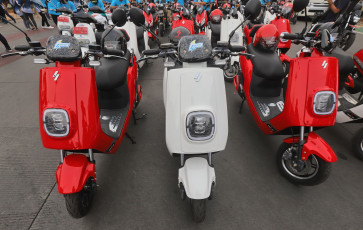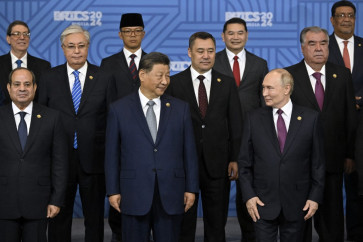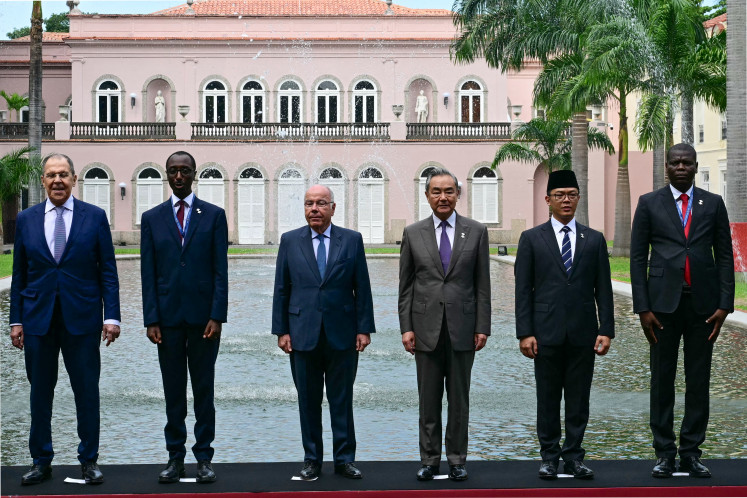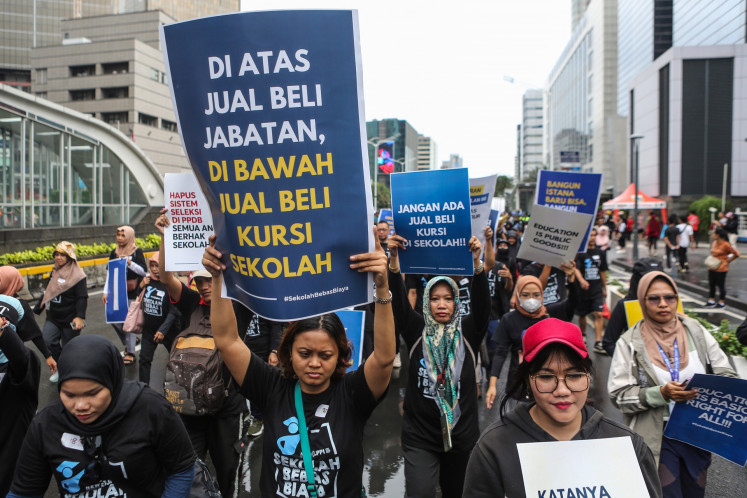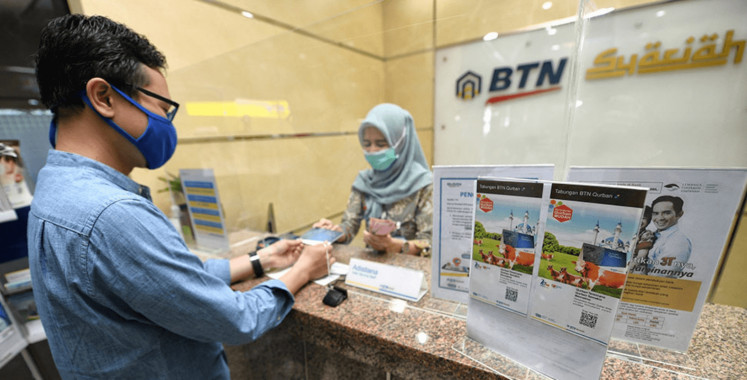Opportunities and challenges in the ‘Next Eleven’
In a world of economic uncertainty, emerging markets continue to be closely monitored destinations by both investors and corporations in search of growth
Change text size
Gift Premium Articles
to Anyone

I
n a world of economic uncertainty, emerging markets continue to be closely monitored destinations by both investors and corporations in search of growth. What is clear is that the emerging markets category includes a broad range of countries.
Differences span across economic size, market capitalization, geography, and political and economic stages of development, presenting investors with a challenge in truly understanding the investment opportunities that exist.
One of the most interesting concepts to examine in this context is the so called “Next Eleven” (N-11). In many ways, the N-11 countries collectively capture the huge change that the emerging markets have been undergoing — and the opportunities available to investors.
The N-11 concept was created by Goldman Sachs’ Jim O’Neill in 2005. He identified the next eleven emerging countries that could have a BRIC like impact on the world economy.
These countries are Bangladesh, Egypt, Indonesia, Iran, Korea, Mexico, Nigeria, Pakistan, Philippines, Turkey and Vietnam.
While the N-11 is a diverse group of countries, there are three key themes that bind them together: They all stand to benefit significantly from China’s growth, their economies are being transformed through infrastructure investment, and there is a strong and growing domestic consumer market reducing their dependence on developed markets.
As China has powered to become the second-largest economy in the world, Chinese policy makers are now increasingly focused on controlling inflation and creating quality GDP growth. Many N-11 economies are directly benefiting from this changing dynamic.
With Chinese real wages increasing and as China places emphasis on moving its production capabilities up the value-chain, low-end manufacturing companies are looking for new, cheaper locations from which to export their goods.
Western companies wanting to remain competitive are attracted by the lower production costs of many N-11 countries.
Bangladesh, Vietnam, Indonesia, Philippines, Pakistan and Mexico are all experiencing increases in their share of light manufacturing imports into both the US and the EU.
However, for this shift to reach its true potential, we believe N-11 countries must invest much more in infrastructure.
Infrastructure is critical to the growth trajectory of the N-11 countries. In the developed world, we may take basics like road networks, electricity, telecommunications and clean water for granted, but in emerging economies, improving these “basic” infrastructures will drive productivity gains, support growth and increase the overall welfare of the country’s population.
Without good quality, paved roads, companies face challenges distributing goods and labor is less mobile. Without accessible grid power, economies face challenges increasing production.
Without clean water and sanitation, the welfare and health of the population cannot improve and inequality gaps remain. Meeting these basic needs can also create investment opportunities.
Faster economic growth on the N-11 path is dependent on bridging the infrastructure divide between developing and developed economies.
Over the next 20 years, we estimate that the N-11 countries will build close to a million kilometers of new paved roads, almost doubling the current network.
Several governments are taking action to promote power generation and improve access to clean water. Soft infrastructure is also revolutionizing the business environment in some of the N-11 countries. Mobile phones are not just used for basic communication, but also for financial transactions.
For example, farmers in rural areas can use mobiles to access new lucrative markets by communicating directly with buyers in large cities.
Some subscribers use their mobiles to transfer money over long distances, and to pay for products and services, without having a bank account, credit card or a computer.
This is critical in places like Nigeria where only 21 percent of the adult population has a functioning bank account.
There are now over 70 million individuals in Nigeria with use of a mobile, a figure that was virtually zero just 10 years ago. Across the N-11, we believe there could be over a billion mobile users by 2030, a remarkable statistic by any standards.
This infrastructure improvement coupled with rising wealth will drive demand for consumer goods like cars and mobile phones.
One common ground and the key reason for their selection in the N-11 is that these countries constitute the next set of large-population countries beyond the BRICs.
Many of these countries benefit from young populations and expanding middle- and high-income classes, creating the potential to become a massive consumer base. We expect that the BRICs and N-11 consumer could become as large as the US consumer by the end of this decade.
The N-11 already account for 19 percent of the world’s population and a rise in their domestic consumption presents investment opportunities in consumer discretionary and consumer staples sectors.
In 2012 and for many years to come, we believe that investors should pay close attention to the evolution of the N-11 countries. There are clearly many challenges facing these countries — chief among these is the need for better infrastructure — but fundamentally their rise is driven by their vast populations which are now increasingly benefiting from the opportunities in the global economy.
Selective investments in N-11 public companies that are benefiting from rising consumption and infrastructure investments in the eleven countries can be a particularly
interesting opportunity for investors who are looking to diversify their portfolios and find growth in the emerging markets.
The writer is senior portfolio strategist and chief of staff to Jim O’Neill, Goldman Sachs Asset Management.


